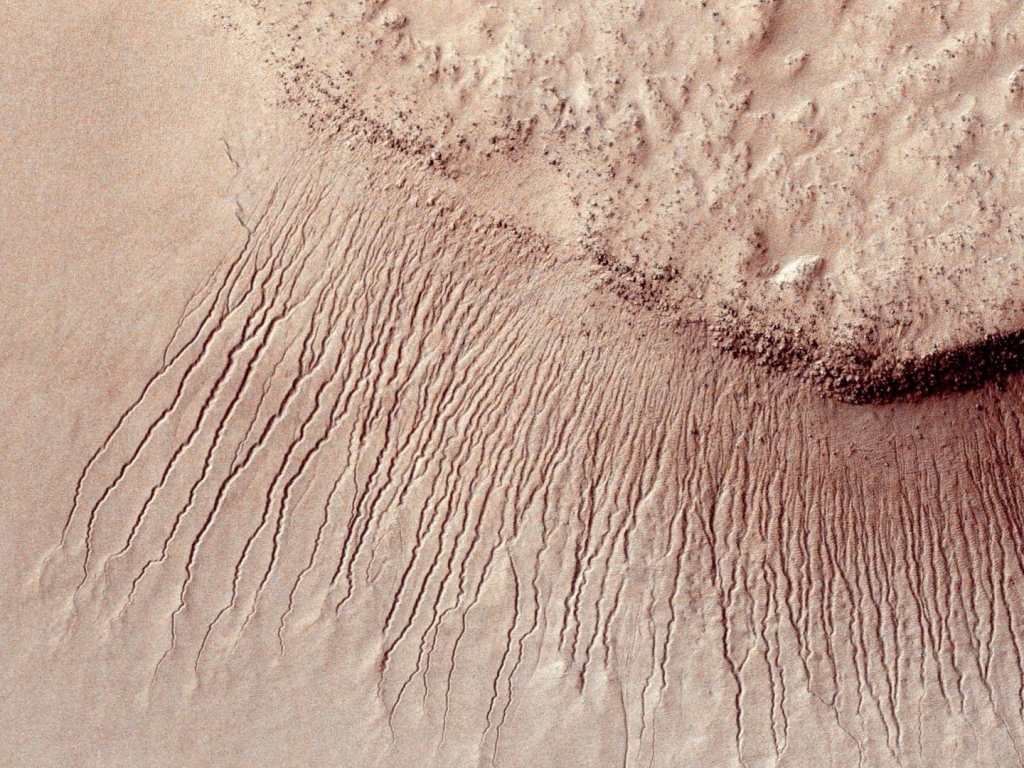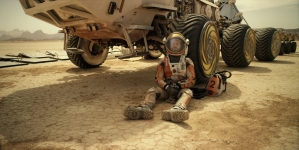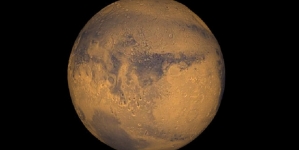-
Tips for becoming a good boxer - November 6, 2020
-
7 expert tips for making your hens night a memorable one - November 6, 2020
-
5 reasons to host your Christmas party on a cruise boat - November 6, 2020
-
What to do when you’re charged with a crime - November 6, 2020
-
Should you get one or multiple dogs? Here’s all you need to know - November 3, 2020
-
A Guide: How to Build Your Very Own Magic Mirror - February 14, 2019
-
Our Top Inspirational Baseball Stars - November 24, 2018
-
Five Tech Tools That Will Help You Turn Your Blog into a Business - November 24, 2018
-
How to Indulge on Vacation without Expanding Your Waist - November 9, 2018
-
5 Strategies for Businesses to Appeal to Today’s Increasingly Mobile-Crazed Customers - November 9, 2018
Nasa may send humans to Mars
As per scientist any flowing Martin water is salty and not pure.
Advertisement
Searching our closest neighbors over the past century – Venus, the Moon, and Mars – we were convinced that Earth was unique in it’s ability to maintain water on its surface in liquid form.
Even more, the finding supports a case for a space mission by man. Water could be key for such a mission to the planet, and making water – simple, just combine two hydrogen atoms with an oxygen atom – is not only hard, it’s incredibly risky.
When most people talk about water on Mars, they’re usually talking about ancient water or frozen water (…) Now we know there’s more to the story.
The New York Times reports that this is the first time that the scientists confirmed the presence of the liquid water and “marks a shift in tone for NASA” as the planet could be inhabited despite its dusty landscape.
NASA’s study, published in Nature Geoscience, explains something called the recurring slope lineae, or RSL, which are dark, streaky streams that typically appear on the planet’s surface during the warmer seasons.
The instrument detected hydrated salts on slopes where mysterious streaks are seen. When this water flows down the slopes of mountains and craters, it leaves narrow streaks which are less than 5 m wide. And while the discovery doesn’t actually offer evidence of life, it definitely boosts hope considering water is one of the most essential ingredients for life!
And now that we know about tthe liquid water, maybe the next discovery will be proof of life.
For this reason, despite the incredibly harsh temperatures, the water can flow during the planet’s summer months when it passes the -23C temperature.
The trickle of very salty water shows up on images as damp spots that slowly move downhill. Who needs books and movies about Mars when real-life possibilities are this exciting?
Scientists developed a new technique to analyze chemical maps of the Martian surface obtained by NASA’s Mars Reconnaissance Orbiter spacecraft.
Advertisement
Although the discovery doesn’t guarantee actual life exists on Mars, it gives humans on Earth hope that we one day will have another planet to go to.





























